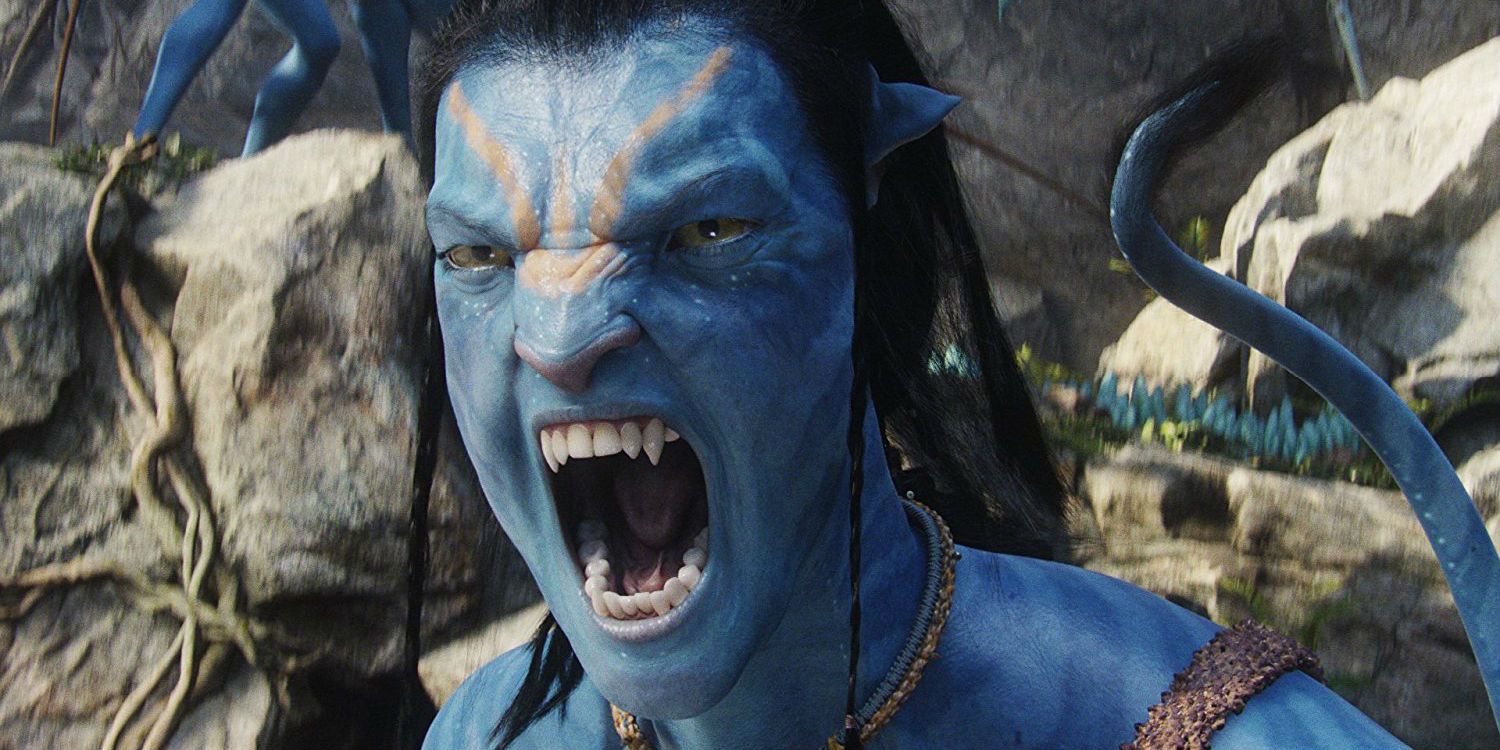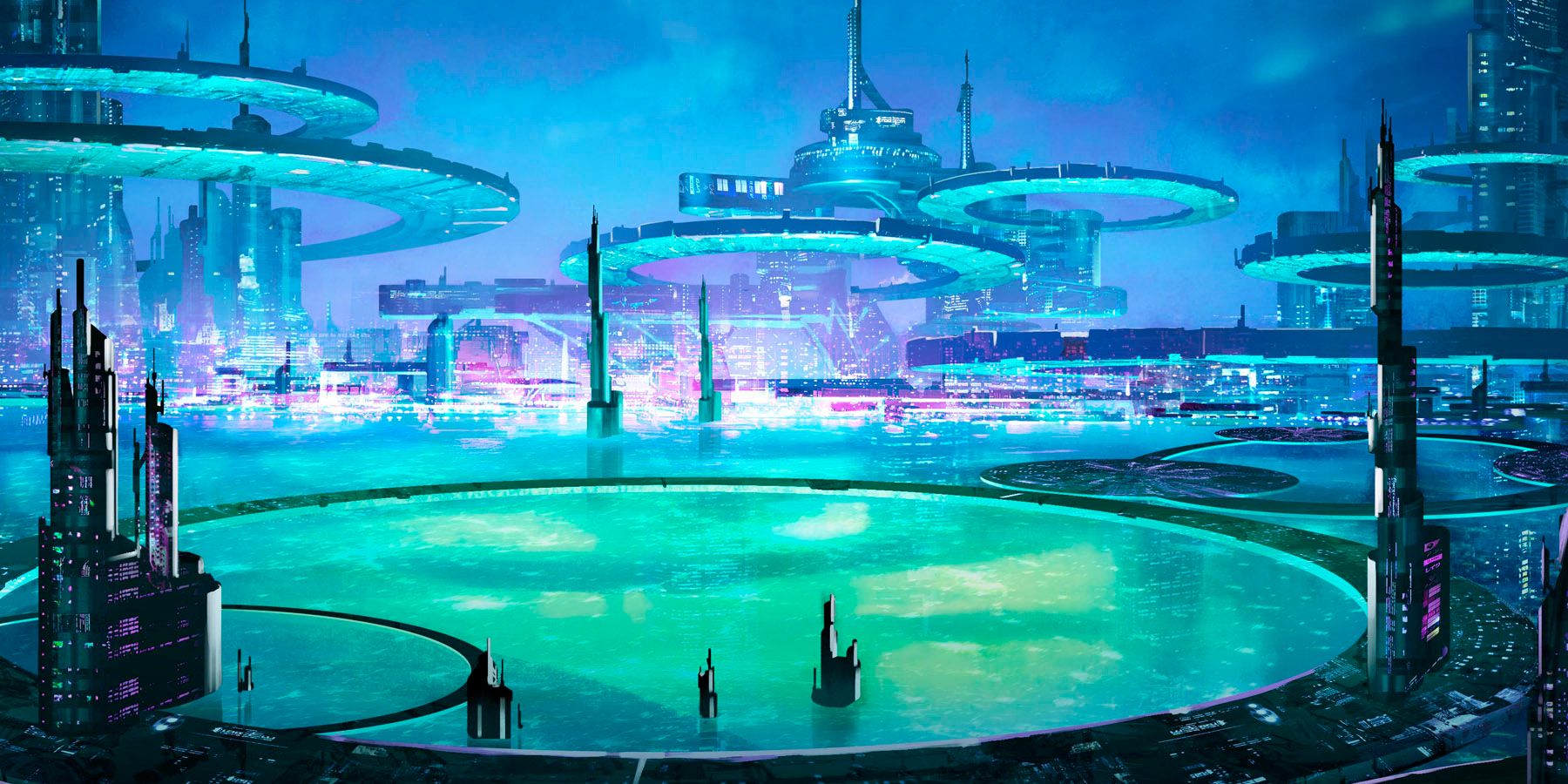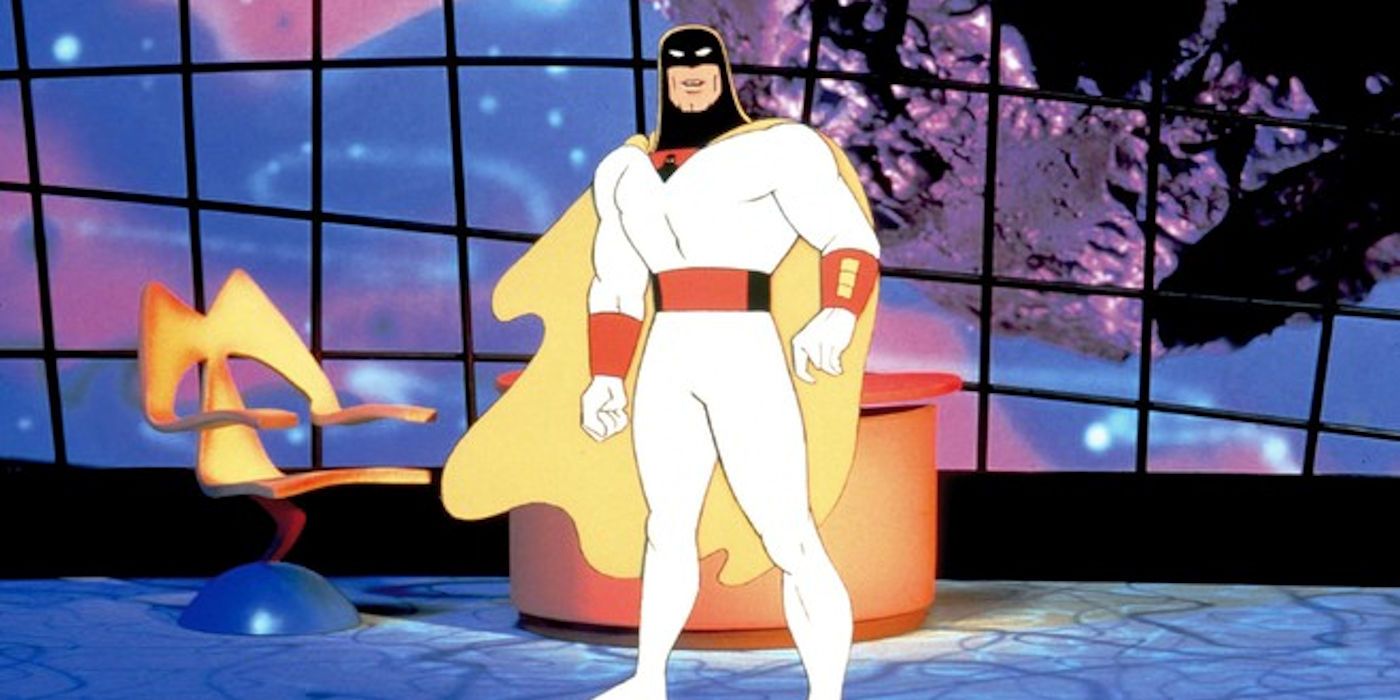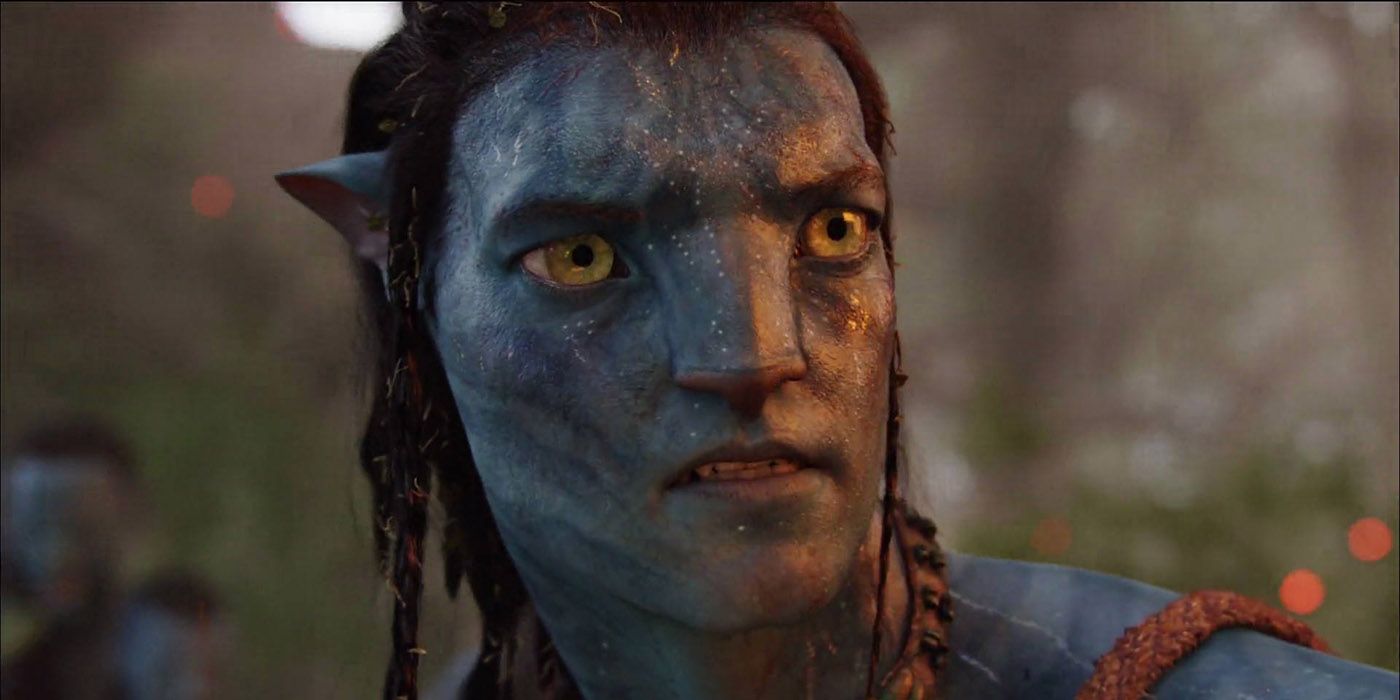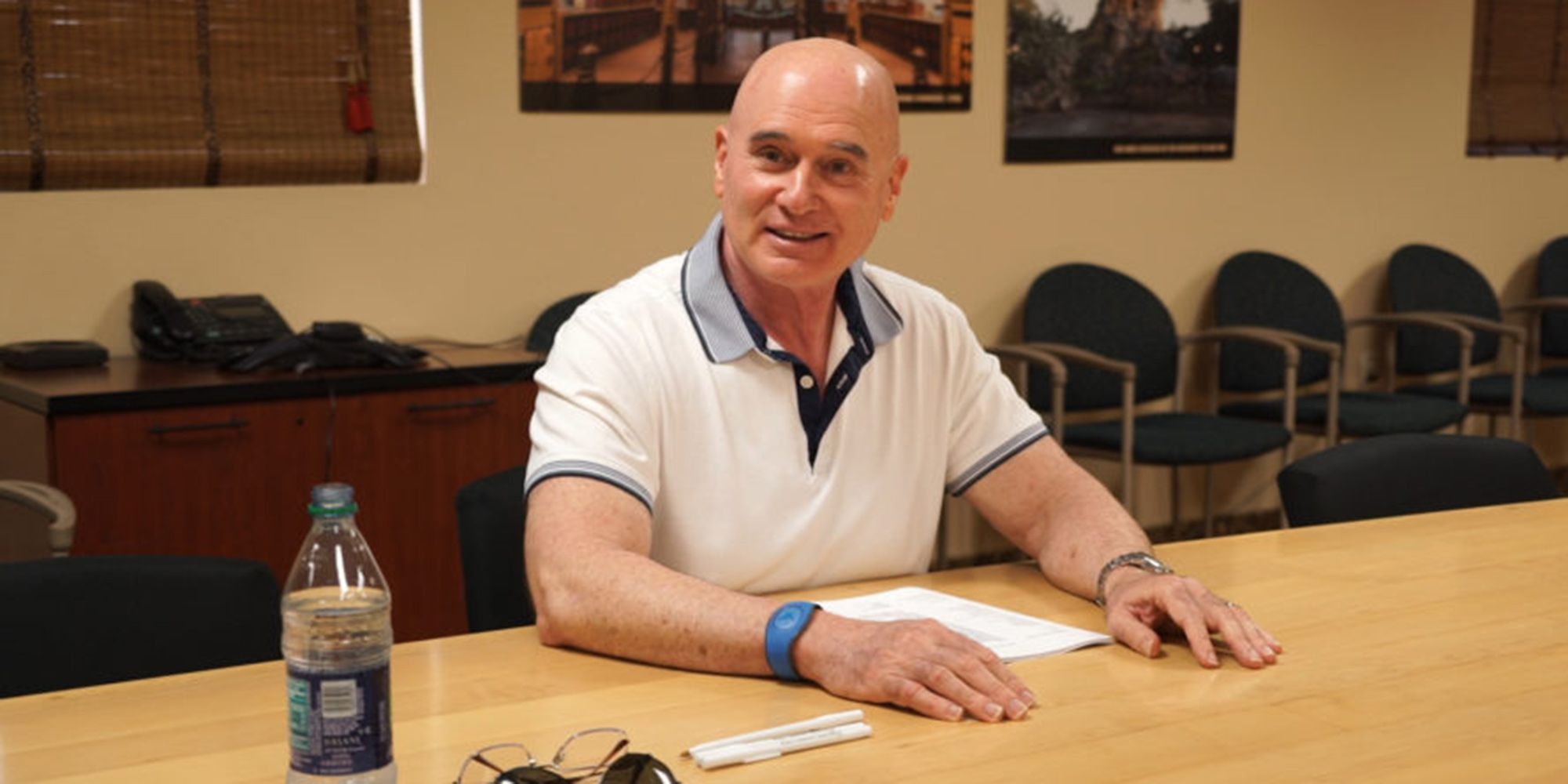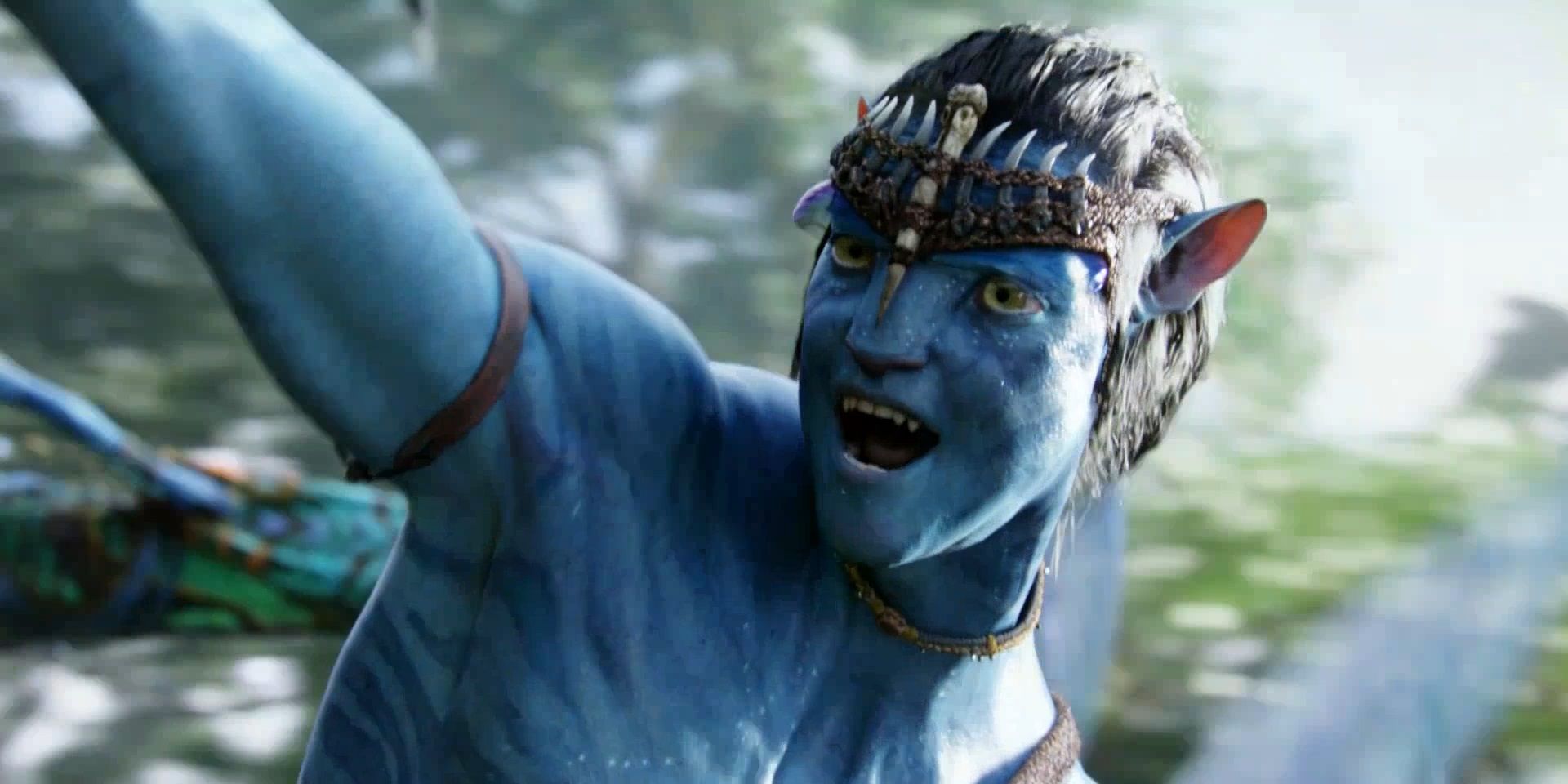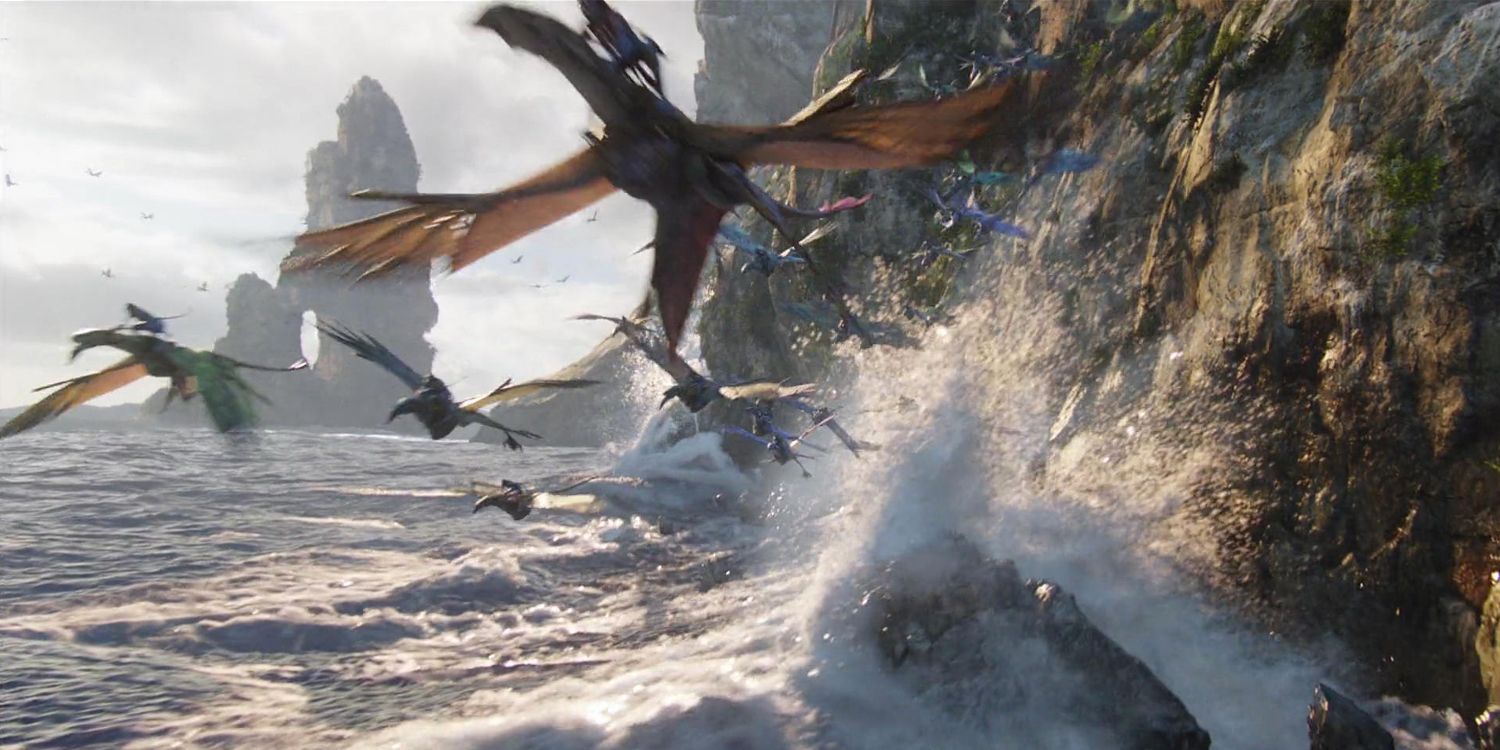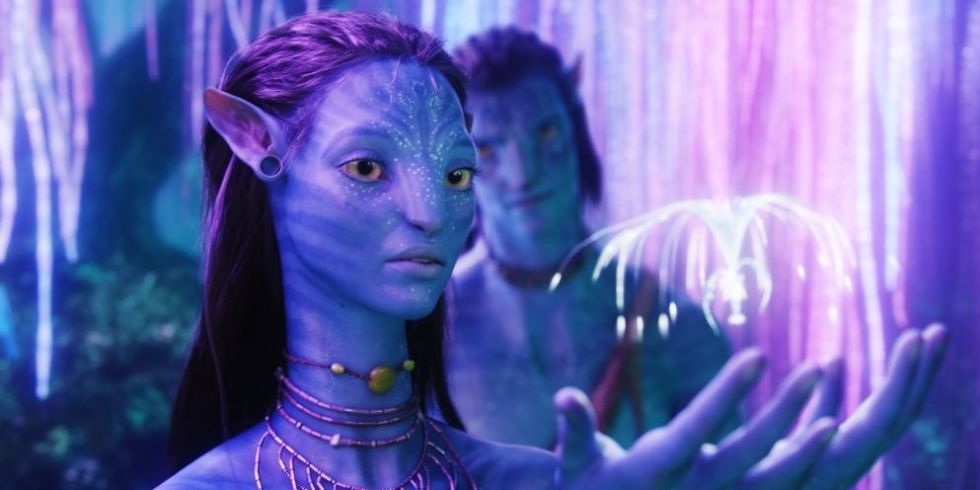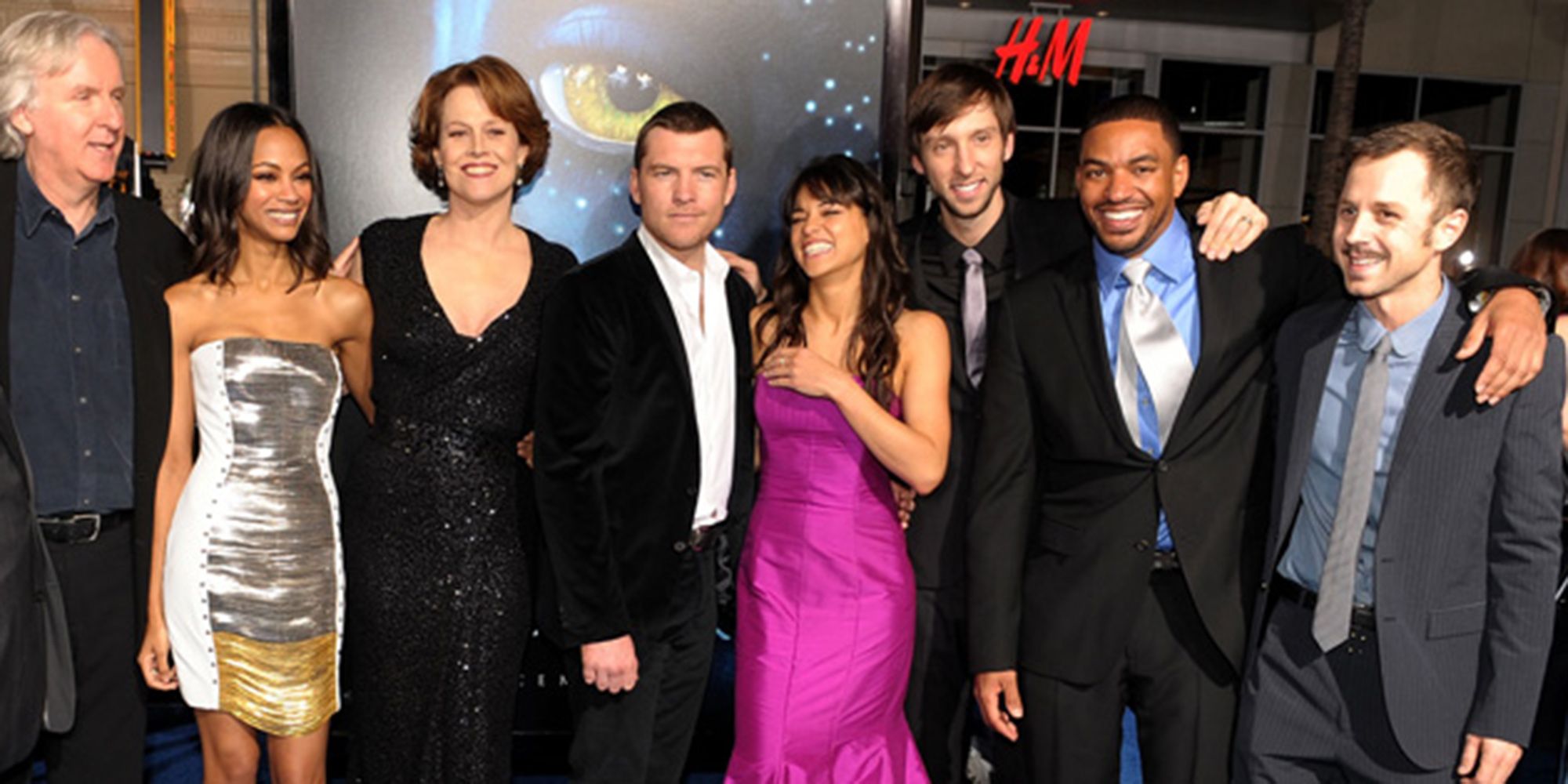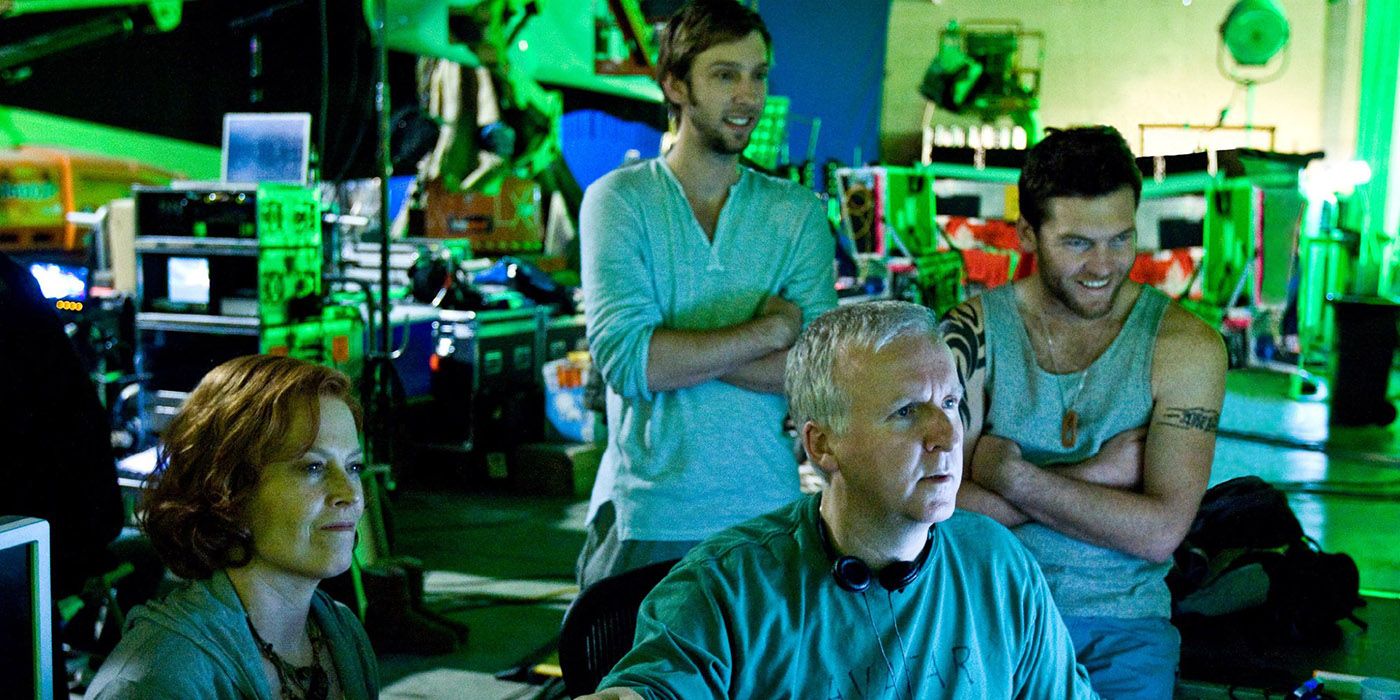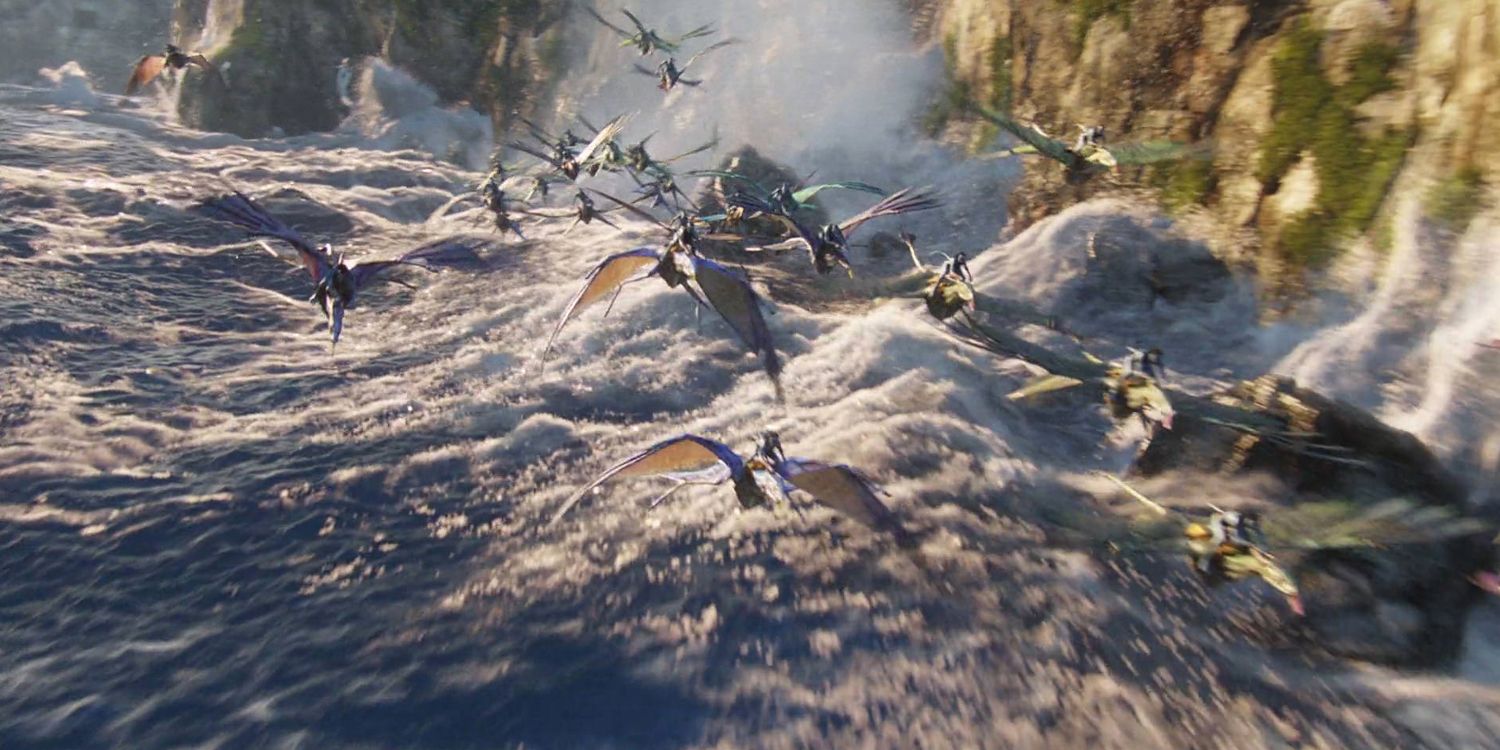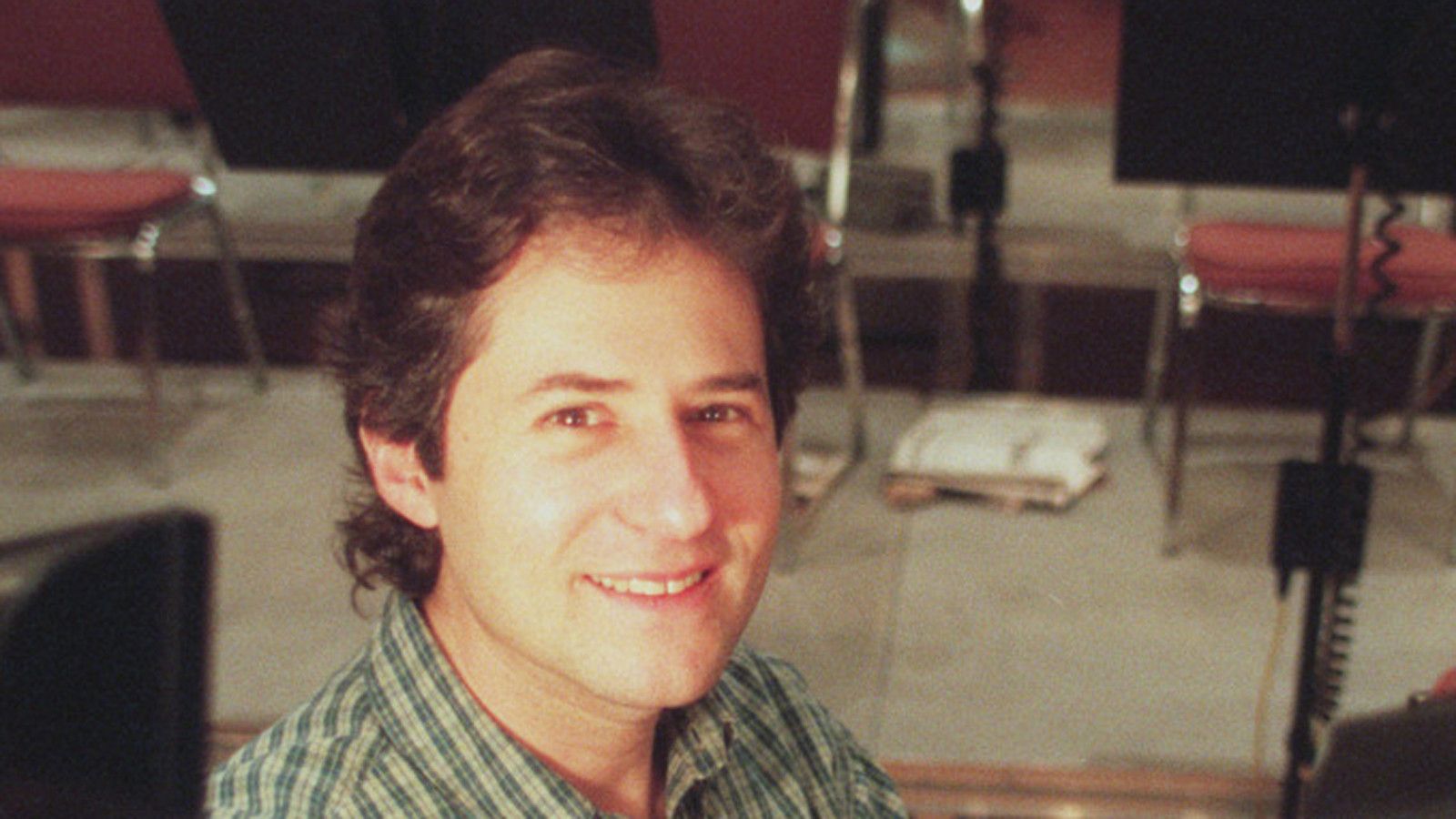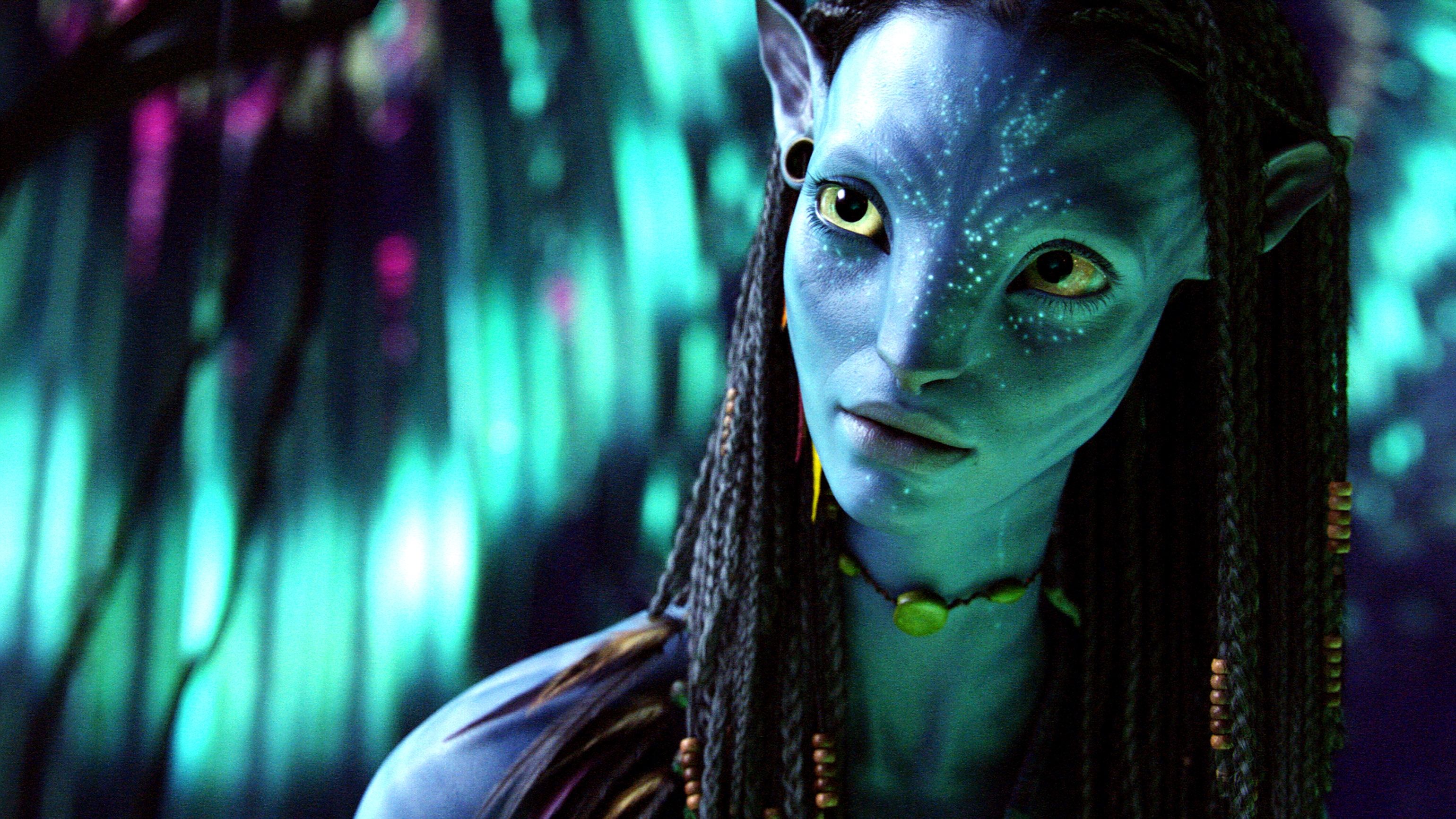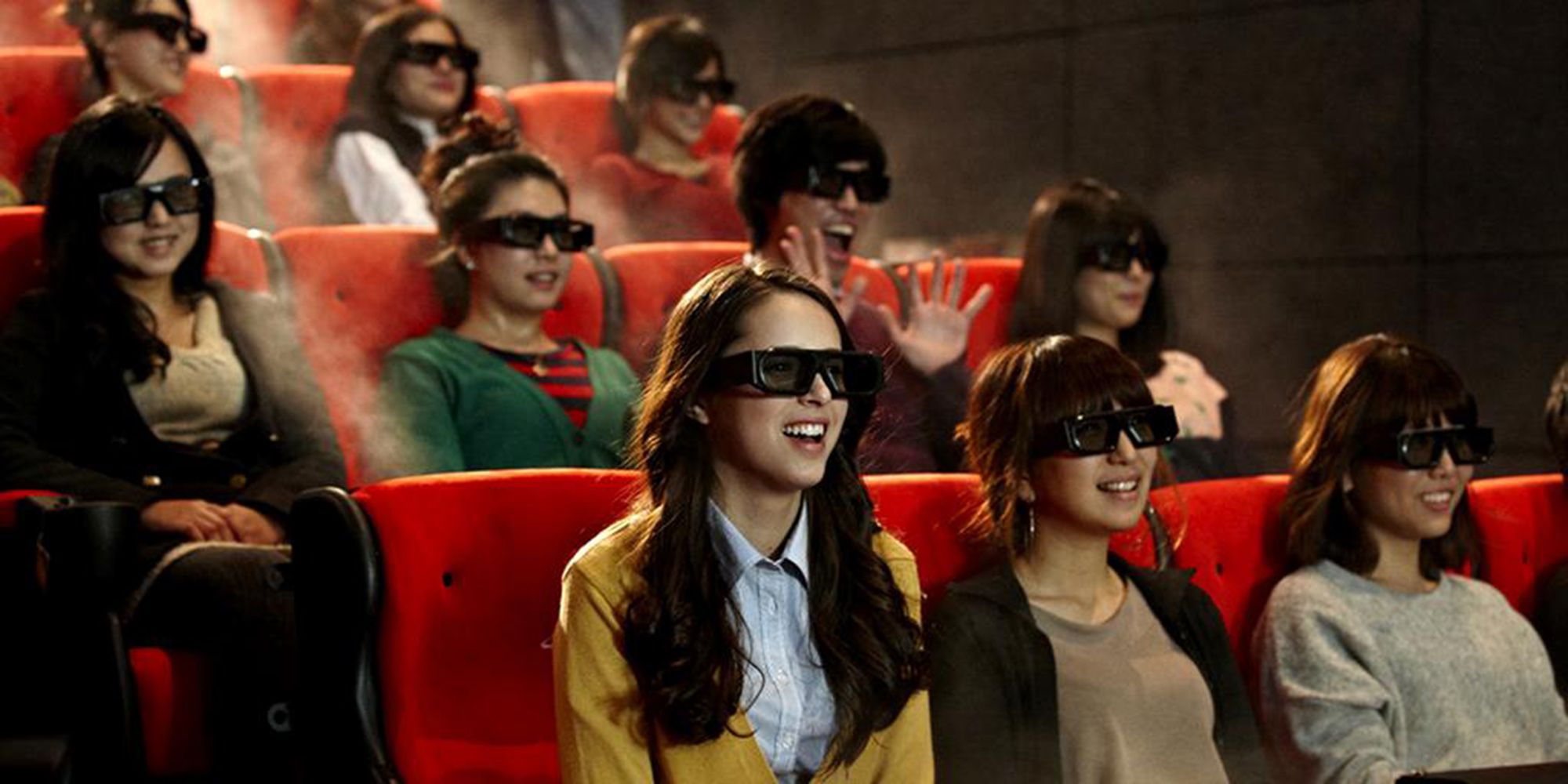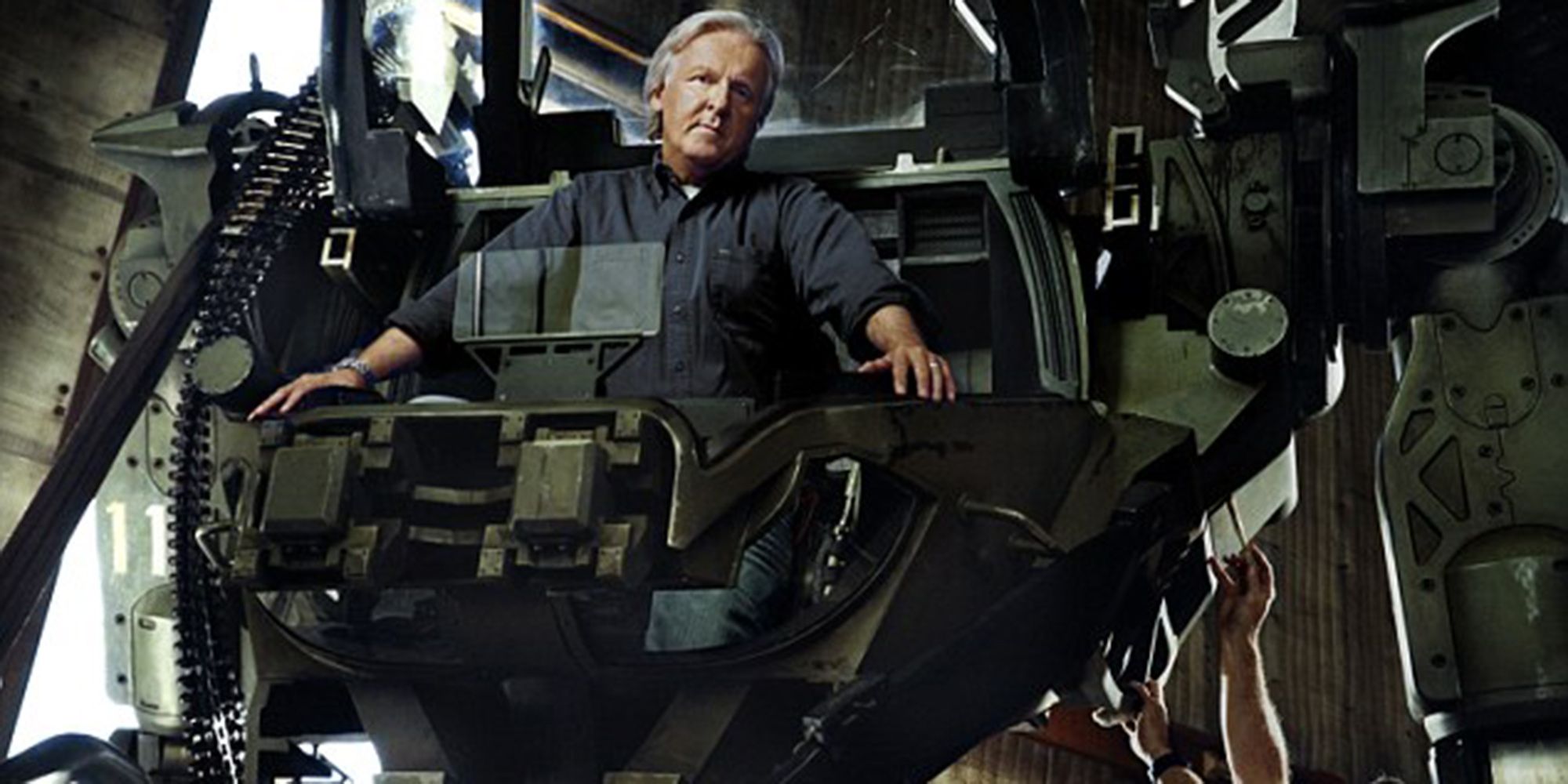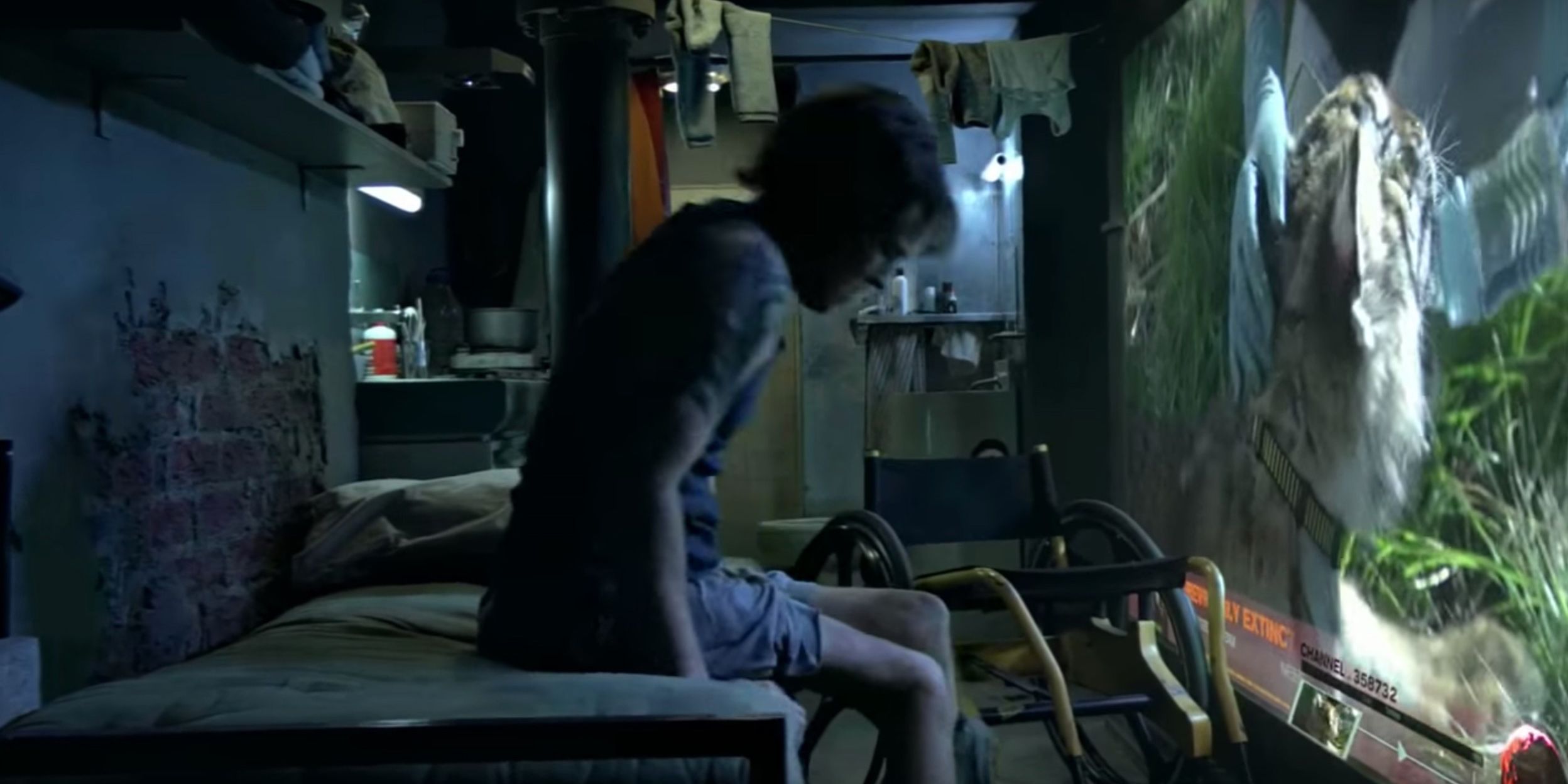When Avatar premiered in 2009, it blew away all expectations in nearly every conceivable way. Director James Cameron hadn’t released a movie since Titanic in 1997. Little was known about the ambitious project other than the fact that it was a wholly original sci-fi fantasy and would be pioneering in its use of special effects. That last bit turned out to be a huge understatement and the film would go on to set to a new standard for realism when it came to the use of CGI and live action in tandem. Audiences responded to the thought-provoking storylines found in Cameron’s script about environmental abuse, forced relocation, and colonization.
Sam Worthington rocketed to fame as Jake Sully, a paraplegic man who falls in love with a member of the Na’vi race he’s been tasked with forcibly moving. Moviegoers were astonished by the sophistication of Pandora, the alien world inhabited by the Na’vi, and the unique connection the Na'vi had with nature. With all of these elements, it’s not difficult to see why Cameron’s film became the highest-grossing film of all time or why the director has several sequels green-lit in the decade since the film’s release.
With more Avatar content upon us, it seems only fitting to revisit the first film and some of the groundbreaking facts surrounding its production. Here are 20 Things Everyone Forgets About Avatar.
IT WAS BANNED IN CHINA
Avatar made gobs of money both domestically and internationally. The film was extremely popular among audiences around the world, especially in China where it became the highest earning film in the country’s history. But as the movie grew in popularity, the state-run movie distributor China Film Group pulled the 2-D version from 1628 screens and replaced it with a biopic about Confucius starring Chow-Yun Fat, according to the LA Times.
While the 2-D version of Avatar was pulled from 1628 screens, the 3-D version was still available to watch in theaters.
Apparently, Avatar did a little too well at the box office and CFG thought it was taking away attention from Chinese-produced titles. Others speculated that Avatar's central message about dislocation might have made the government nervous, given the comparisons one could draw between that and China’s own policy of forced evictions in the face of high rise condo projects.
IT HEAVILY INFLUENCED LUC BESSON
Luc Besson had been trying to adapt the French comic from his childhood, Valérian and Laureline, for a while. The series featured a pair of Spatio-Temporal agents who try to maintain order in the present, past, and future. The series is set against an incredibly diverse background of planets, races, and environments. It was expected to be an astonishing feat of filmmaking when Besson got it off the ground in 2017. Turns out, the film could’ve looked much different if Avatar hadn’t come out first.
Given Avatar's stunning achievements in CGI and special effects, Besson admitted to Deadline in 2017 that once he saw Avatar, he returned home and threw out the script he’d written for Valerian because the available technology changed his scope so drastically.
SPACE GHOST CAME OUT OF RETIREMENT TO HELP PROMOTE THE FILM
Another unique aspect of the film’s promotion included a tongue-in-cheek appearance by Zoe Saldana on Space Ghost Coast to Coast. The show featured the animated character coming out of retirement to host a special show interviewing Saldana, which would play up the film’s animated/live action combination.
Space Ghost was initially created as a crime-fighting animated hero by Hanna-Barbara productions. However, he was brought back to host a fictional talk show on Adult Swim, which ran for 10 seasons before going off the air in 2008. Adult Swim would revise the series here and there, with special promotional interviews with stars like Zoe Saldana and Jack Black.
SAM WORTHINGTON WAS LIVING IN HIS CAR WHEN HE AUDITIONED
The “rags-to-riches” character trope has been popular since Cinderella danced her way up the social ladder. Audiences aren’t tired of hearing about their favorite stars making it big after facing hardships and Sam Worthington is no exception. He started out as a bricklayer in Australia before establishing a decent acting career in his home country.
While Sam may have been a popular actor in Australia, he didn't have a lot of success when he made his way to America.
Despite starring in some high-profile films and nabbing an audition to play the new James Bond in Casino Royale, he fell on some difficult times when he moved to America. In an interview with Times of India, he talked about selling all of his belongings to live a car he bought with the proceeds. This was right around the time he got a call to audition for James’ Cameron’s new sci-fi feature and the rest is history.
PAUL FROMMER CREATED THE NA'VI LANGUAGE FROM SCRATCH
“Conlanging” is a phrase you probably haven’t heard but we guarantee you’ve been exposed to it. It’s the practice of language creation and it’s been widely employed by genre creators for ages. J.R.R. Tolkien was a conlanger and created the Elvish language before he wrote The Hobbit and The Lord of the Rings trilogy. The Lord of the Rings trilogy was created to serve as background history for the language he was creating, but it grew into something more.
Marc Okrand created the Klingon language used in Star Trek and David J. Peterson created Dothraki and High Valyrian for Game of Thrones. In similar fashion, James Cameron tapped conlanger and USC communications professor Paul Frommer to create the entire Na’vi language. Frommer told Vanity Fair that he hoped that it would gain the traction that Okrand’s creation did.
CHRIS PINE AUDITIONED AND IT DIDN'T GO WELL...
Chris Pine spoke with Chicago Tribune about his audition for Avatar and let's just say it didn't go well. However, this story's better in his own words: "I have a feeling that story will haunt me for the rest of my life. It’s one of these things--sometimes you can leave your car in Burbank, Los Angeles and walk into a conference room and your back is sweating and you’re thinking about the laundry you have to do and somehow seamlessly you can then pretend to be a man in a loincloth standing in front of blue people saying lines like, 'Come follow me, I’ll save you!' And sometimes you just can’t buy it. I walked into that room absolutely not believing myself. How dare I put that poor casting director through the experience of watching me. Halfway through I just kind of stopped; she was maybe smiling or laughing at me.I didn’t take offense to it because I realized I was probably pretty bad, and we just called it a day and I shook hands with her and out I walked."
It's too bad that he didn't believe in himself, maybe he'll get another chance to audition again. There are three more Avatar movies to be made.
THE FILM BARELY MADE IT OUT OF THE ANIMATED FEATURE CATEGORY
One of the many pioneering aspects of Avatar was its use of sophisticated motion capture technology that allowed Cameron to create the incredibly realistic animated look of the Na’vi. It required actors to wear a body suit with sensors attached to it to capture body movements and a face camera to pick up on facial movements and expressions, thus creating faithful recreations of the actor's movements on-screen.
While Avatar didn't win Best Picture, it did win Best Visual Effect, Best Cinematography, and Best Art Direction at the Oscars.
What's interesting here is that Avatar was nominated for a Best Picture Academy Award, instead of Best Animated Picture. According to the Academy, a film must be 75% animated and feature a significant number of animated characters. Despite the number of animated characters and CGI backgrounds in Avatar, it didn’t make the cut for the Animated Feature category – not that Cameron was sweating it.
IT MADE A LOT OF MONEY (AND COST A LOT OF MONEY)
At the end of its box office run, Avatar surpassed Star Wars, Jurassic Park, and Titanic. The movie grossed over $2.7 million worldwide, with most of the film's profits coming from foreign markets ($2 billion of its profits to be exact). Avatar became the second highest grossing film (when adjusted for inflation) behind the groundbreaking 1939 film, Gone With The Wind.
It was also the most expensive movie ever produced at the time of release at $237 million. However, Pirates of the Caribbean: On Stranger Tides, which was released two years after Avatar, took the top spot with a budget 0f $410 million.
THERE ARE SUBTLE DIFFERENCES BETWEEN NA'VI AND AVATARS
If you’re confused about how to identify the Avatars from the Na’vi, there's a pretty simple distinction. The Na’vi are the race of people that inhabit Pandora, a moon that orbits a gas giant in the Alpha Centauri star system. Avatars are human/Na’vi hybrids used by human scientists to explore Pandora to locate unobtanium, an energy source badly needed on Earth.
Because the Avatars are human hybrids, they sport slightly different features than the Na’vi. They have many of the same abilities but they have features that are important to humans, like extra digits or eyebrows. Avatars are remotely controlled by their human operators, who’ve been connected to the Avatars by a mental link.
CAMERON TOOK THE CAST JUNGLE CAMPING FOR RESEARCH
In an effort to coax the most realistic performances from his stellar cast, James Cameron packed them all up and ferried them to a Hawaiian jungle so they could build a sense of what it would be like living in a rainforest-like environment on Pandora.
Cast members slept in hotels at night, but lived in the jungle during the day where they learned how to fish, build fires, and live tribally.
Saldana found the experience incredibly helpful. Speaking to Entertainment Weekly, she described a revelatory few days: "That experience helped us so much. Sigourney, Sam and I were shooting the movie on a regular cement floor on a sound stage, but we needed to know what it was like to walk in a jungle world, what that felt like."
CAMERON USED CUTTING EDGE CAMERA TECHNOLOGY TO GET THE REALISTIC EFFECT HE WANTED
Avatar's use of cutting-edge special effects is one of the many reasons the film did incredibly well at the box office. Avatar featured the most life-like CGI characters that had ever been seen on the big screen. Cameron achieved the effect he wanted with the use of virtual camera technology.
According to the New York Times, he employed a combination of motion sensors attached to the actors and tiny facial cameras attached to their heads to capture the actors’ minutest facial expressions and movements. The result was the most photorealistic characters ever created, raising the standards for films that use CGI.
THERE'S ONE BIG REASON IT TOOK THIS LONG FOR A SEQUEL
Instead of having the action take place largely above ground as it did in the first film, most of Avatar 2 will take place underwater. Underwater shooting presents difficulties even in live-action. Cameron had to wait until he'd figured out how to create something that looked as groundbreaking as the original did.
Speaking to Collider in 2017, he revealed he finally had: "Basically, whenever you add water to any problem, it just gets ten times harder. So, we’ve thrown a lot of horsepower, innovation, imagination and new technology at the problem, and it’s taken us about a year and a half now to work out how we’re going to do it... And we’re getting really good data, beautiful character motion and great facial performance capture. We’ve basically cracked the code."
MICROSOFT CREATED BRAND NEW TECHNOLOGY FOR THE FILM
James Cameron’s ambitions for Avatar required sophisticated technology, so he went to Microsoft for the necessary computing technology he would need to complete the film. He brought them on early in the process and they developed a Digital Asset Management system Cameron’s team dubbed “Gaia”, which served to host all the digital metadata and content generated during the extensive shoot.
Essentially, the entire film was turned into an unprecedented amount of data that required the creation of the software Microsoft built from the ground up, exclusively for Cameron’s project. Speaking to Microsoft, producer Jon Landau didn’t understate the system’s importance: "Without Gaia, we would not have been able to do the production. Gaia was the backbone that everything else ran on top of."
IT TOOK AN INSANE AMOUNT OF TIME TO RENDER
Because of the massive amount of data generated by Cameron’s cameras and motion capture technology, they required some serious computer power to render the data once it was shot. The production team used Weta Digital, a New Zealand-based company co-founded by Peter Jackson that worked on the Lord of the Rings trilogy and King Kong.
According to an article in Geek.com, the company has a 10,000 square foot server farm that houses 40,000 processors along with 104 terabytes of memory using 10 GB networking adapters. With all of that computing power running 24/7, it still took hours to process one single frame of film. There are 24 frames per second of film, so you can see what a gargantuan task it was to render the film.
THE SCORE WAS UNIQUELY CHALLENGING TO CREATE
Because Cameron wanted to convey the otherworldliness of the Na’vi culture and Pandora, composer James Horner tried to cultivate sounds that would sound unfamiliar to the average American moviegoer. He made use of ethnomusicologists, who would find unique sounds from cultures around the world to assist Horner in creating a truly original sound.
Speaking to the Ethnomusicology Review at UCLA, Dr. Wanda Bryant described the long process of sourcing audio samples for Horner’s perusal: "In some cases, the samples were from relatively well known cultures such as India or Sweden. But I also delved into field recordings and the repertoires of lesser known minority cultures. The stranger and more obscure sounds I found, the better. According to producer Jon Landau, “James was never about accepting the ordinary when the movie called for the extraordinary,” so it was a challenging assignment.
EVEN THE TRAILER BROKE RECORDS
November 1st, 2009 was a big, big sports day. Not only was it Game 4 of the World Series, there was also a key football game between the Dallas Cowboys and the Seattle Seahawks. The Cowboys were hosting at their six-month-old stadium in Arlington, Texas. The new stadium was completed in May of the same year and it featured a Mitsubishi Electric Diamond Vision screen, the largest video display in the world.
The official trailer for Avatar was released to a crowd of thousands in a stadium and currently has 5 million views on YouTube.
It was a massive, four-sided LED screen that was so big it offered over 11,000 square feet which is the equivalent of 3268 52-inch television screens, according to Reuters. Counting the people in the stadium, plus the massive at-home viewership, the trailer audience of millions is said to have been the largest live-viewing of any motion picture trailer in history.
KOREA RELEASED A 4D VERSION
Don’t read any further, unless you want to feel really duped by your Avatar movie-going experience. Variety reported in 2010 that Korean theaters released a 4D version of the film that included a much richer experience than the paltry 2D or 3D experience we had nearly ten years ago. 4-D cinemas are designed to tickle a whole range of senses beyond sight and sound. The screenings featured moving seats, explosion smells, water sprays, laser lights, and wind.
The Korean cinema chain CJ CGV premiered its 4D technology the previous year with screenings of Journey to the Center of the Earth. If this entry just made you bitter, fear not! The Korean chain just opened up a seven theater complex in Flushing, Queens, according to the Commercial Observer.
CAMERON'S BEEN ACCUSED OF STEALING THE STORY MORE THAN ONCE
The only real critique Avatar faced came from those who found the story lacking in originality. The film was derisively compared to everything from Pocahontas to Ferngully, due to its fairly basic themes of environmental abuse and the evils of forced relocation colonization. But not all the critiques were so flippant, there were several creatives who felt Cameron had outright stolen some of the film’s story and they took him to court to prove it.
Bryant Moore alleged that Cameron lifted his ides for Avatar from Moore’s screenplays Aquatica and The Pollination, while Gerald Morawski claimed that his ideas were stolen and sued for breach of contract and negligent misrepresentation. Most recently, artist William Roger Dean claimed that Cameron had used the artist's paintings as inspiration for the movie. Luckily for Cameron, all suits were thrown out completely, according to the Hollywood Reporter.
IT'S BEEN ADAPTED FOR THE STAGE (KIND OF)
In 2015, Cirque du Soleil premiered an original production based on the world of Cameron’s Avatar. Toruk: The First Flight is a story that takes place well before the events of the film and focuses on the leonopteryx, the “flying lions” that live in Pandora’s upper atmosphere. A life-size puppet was created to serve as the creature and several individuals served as bodies for other Pandorian creatures like the Direhorse, the Austrapede, the Turtapede, and the Viperwolf.
Toruk: The First Flight has 7 acrobatic acts, including Aerial Silks, Spanish Webs, and Tumbling.
Cameron served as a consultant on the production, which is still running and promises a DVD release soon. In addition to the large-scale puppetry in use, there were also teams of acrobats and other unique movement performers brought in to put the unique abilities of the Na’vi on display.
ONE KEY EFFECT WAS ALMOST ENTIRELY PRACTICAL
One of the biggest suspensions of disbelief required to watch Avatar was the paralysis of Sam Worthington’s Jake Sully. Cameron needed to create a set of believable paralyzed legs for the beefy Australian actor and they would require their own set of special effects to bring them to life.
According to the Avatar Blog, a mold was made from the legs of a paraplegic man to approximate the muscle atrophy present in someone who’d been paralyzed as long as Sully had been.
When the mold was made, a set of legs were created to serve as prosthetics while Worthington hid his own legs behind the wheelchair he used for his character’s human scenes.
--
Are you excited for Avatar 2? Tell us in the comments below.


